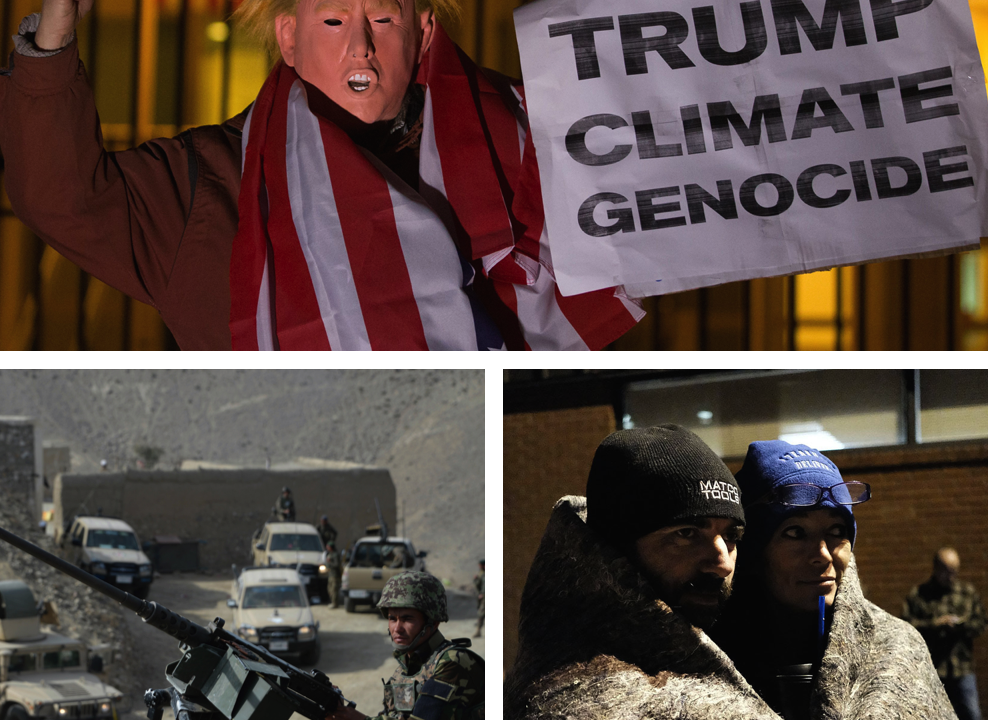
Top: A protestor dressed as President-elect Donald Trump takes part in a demonstration outside the US Embassy in London against Trump's stance on climate change. (Photo by Dominic Lipinski/PA Images via Getty Images). Lower left: Afghan security forces patrol following an operation against Islamic State militants in the Achin district in Nangarhar province. (Photo by Noorullah Shirzada/AFP/Getty Images). Lower right: People gather at dawn, most after sleeping in their cars, to see a doctor at a free mobile dental and medical clinic on Dec. 4, 2016 in Milton, Florida, a financially struggling Florida panhandle community. (Photo by Spencer Platt/Getty Images)
This time every year, BillMoyers.com asks reporters, editors and bloggers which key story they feel the mainstream media failed to cover adequately over the last 12 months. See what they had to say, and add any stories that you found were under-reported in the comments below.
Just About Every Important Policy Issue

Ben Adler
The most undercovered story this year was what Donald Trump would do as US president. I know it seems strange to say, given all the oxygen that a presidential campaign takes up and especially given Trump’s knack for publicity. But campaign coverage was overwhelmingly focused on ephemeral scandals, gaffes and the candidates’ personal character. TV is the most commonly cited medium from which Americans get their news and TV news was especially focused on horse race process stories, Trump’s latest outrageous tweet and other such distractions rather than the candidates’ policy proposals. The nightly network news programs devoted 125 minutes to Clinton’s emails and just 35 minutes to all policy coverage. Forty percent of debate questions (including the primaries) were about personal characteristics, an unprecedented share.
The general-election debate moderators failed to ask a single question about the single greatest threat to humanity: climate change. (Chris Wallace, the final debate moderator, is a climate science-denier, so perhaps in his case it’s just as well he didn’t.) Many other issues were equally ignored. There were zero questions about: growing economic inequality, our segregated and unequal education system, the crisis of skyrocketing college tuition, civil rights, gay rights, women’s rights (other than abortion), disability rights, worsening residential economic segregation and concentration of poverty, the destructive war on drugs, the deteriorating health of our oceans, public lands management, unaffordable child care and housing, foreign aid, poverty alleviation (domestic and foreign), the systematic disenfranchisement of African-Americans and public health and reproductive freedom for women abroad.
The elite mainstream media considers only certain issues as important — US economic growth, the supposed looming crisis of Medicare and Social Security shortfalls, Middle Eastern war, and Hillary Clinton’s email server — and just ignores everything else. In so doing, they have done a great disservice to the American public.
— Ben Adler, politics and policy reporter, Grist
Justice Antonin Scalia’s (NOT) Replacement

Dahlia Lithwick
I would suggest that the most under-covered story of the year was the Merrick Garland nomination at the Supreme Court. What began with impetuous tweets only hours after Justice Antonin Scalia died, turned into a full-scale policy to keep anyone President Obama tapped from having a vote, a hearing or even — in most cases — a courtesy meeting with a manifestly qualified centrist judge. The perfectly pretextual arguments proffered: That the president is a lame duck for a quarter of his term in office; that this particular seat was of some weighty significance that required “the people” to decide, were both unprecedented and unsound. That they morphed over the summer into GOP promises of full-scale obstruction for any nominee Hillary Clinton would put forward over four years in office shows that both arguments were also, in fact, lies.
It is difficult to cover a court that resists media coverage, and yet more difficult to talk in an election year about a court that wants not to be politicized. Add that to the difficulty of covering hearings that were not happening for a nominee that wasn’t deemed worthy of our attention, and it made for a long summer of keeping nothing happening in the news. So we largely chose to treat it as if nothing was happening. But something did happen: Democrats lost a chance to reshape the court for decades, and whatever norms have governed the confirmation process have been vaporized.
— Dahlia Lithwick, writer and podcast host, Slate
GOP Voter Suppression and the Trump Win
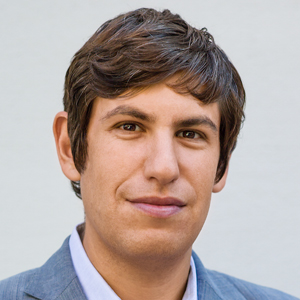
Ari Berman
In 2013, the Supreme Court ruled that states with the longest histories of racial discrimination no longer needed to approve their voting changes with the federal government. That meant that 2016 election was the first presidential race in 50 years without the full protections of the Voting Rights Act of 1965. As a consequence, 14 states had new voting restrictions in effect for the first time in 2016.
GOP voter-suppression efforts impacted the outcome of the election. Donald Trump carried Wisconsin by 22,000 votes, for example, but 300,000 registered voters, according to a federal court, lacked strict forms of voter ID. Turnout in Wisconsin was at its lowest level in 20 years and fell by 52,000 votes in Milwaukee, where 70 percent of the state’s African-American population lives. “We saw some of the greatest declines were in the districts we projected would have the most trouble with voter ID requirements,” said Neil Albrecht, executive director of Milwaukee’s Election Commission.
Yet far too many in the media ignored the GOP’s attack on voting rights. There were 26 debates during the presidential primaries and general election, but not a single question about the gutting of the Voting Rights Act. Cable news devoted hours and hours to Trump’s absurd claim that the election was rigged against him while spending precious little time on the real threat that voters faced.
— Ari Berman, senior contributing writer, The Nation
Your Life, Brought to You by Private Equity

Danielle Ivory
Perhaps you are under the impression that you do not interact with Wall Street on a daily basis. You would be wrong. The New York Times has spent a year examining what happens after private equity firms, which do not face the same regulations as banks, take control of services that are central to our lives — when we dial 911, when we turn the kitchen tap for a glass of water, when we buy a house. Even the newspaper you read might be controlled by a private equity company. (But pro tip: If you read The New York Times, it’s not.)
In particular, The Times looked at private equity’s expansion into public services like emergency care and firefighting. This approach creates a fundamental tension: the push to turn a profit while caring for people in their most vulnerable moments. Reporters found paramedics who felt pressure to steal from hospitals to restock depleted emergency vehicles, an ambulance company that threatened a newborn with a bad credit report and a fire department that has sued victims of house fires for tens of thousands of dollars.
— Danielle Ivory, business reporter, The New York Times
America’s Longest War
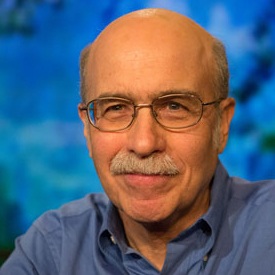
Tom Engelhardt
If this were a contest for the most over-covered story of the year, you know just what (or rather who) that would be (tweets, rants and all). But under-covered, that’s a little harder. Given its importance, one obvious nominee would be climate change, a subject which never really made it into the presidential debates and still gets remarkably little media attention — even when swaths of the US are burning or experiencing other forms of what’s now called “extreme weather” and those are top-of-the-news stories. Certainly, it’s distinctly under-covered in terms of its importance, being potentially history’s deal-breaker.
Still, perhaps my nominee for 2016 — another topic that got not a single question or comment in those debates — would be the Afghan War, now officially the longest in US history. It’s 15 years since the Bush administration, the CIA and the US military “liberated” that country, and still the war there goes on (and goes increasingly poorly); close to 10,000 American troops, not including private contractors, continue to be stationed there on enormous bases (and are still dying in small numbers); in the Pentagon, officials talk about a “generational” approach to that war extending into the 2020s; US air power has once again been unleashed there as the strength of the Taliban grows. And yet here, both in the media and in the consciousness of the American public, it remains the war that time forgot. When, for instance, was the last time you saw a major article on what the next president might do there, despite the fact that the first two significant military figures appointed to his administration, national security adviser Michael Flynn and Secretary of Defense-designate James (“Mad Dog”) Mattis were both deeply involved in that unsuccessful conflict?
It’s as if, in the last year — and significant parts of the years before that — our war in Afghanistan had simply gone on without us.
—Tom Engelhardt, editor, TomDispatch
The Link Between the Saudi Government and 9/11
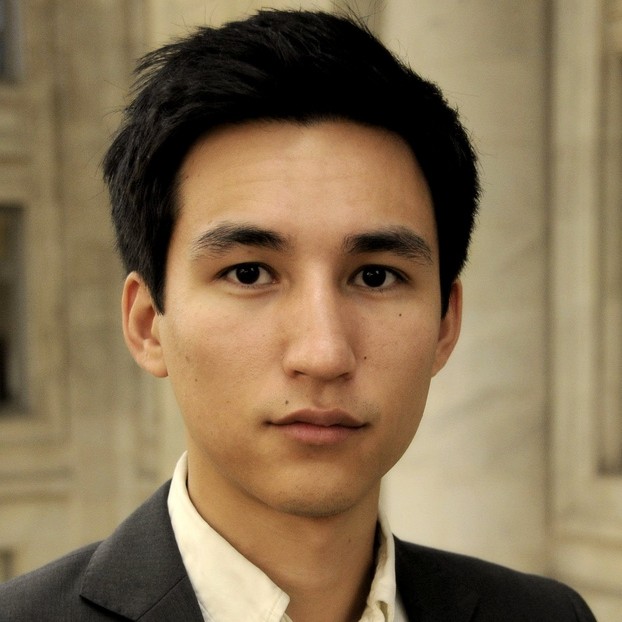
Lee Fang
For a society so deeply traumatized by the attacks on Sept. 11, an event that not only radically reshaped the foreign and domestic politics of the US but forever changed the lives of millions of people living in the Middle East, the disclosure of one of the biggest mysteries regarding the coordinated terror attacks was barely noticed by our national security-obsessed media.
On July 15, under mounting pressure from Congress, President Barack Obama finally delivered on his promise to declassify the so-called “28 Pages” — the redacted chapter of the 9/11 Commission Report that details ties between the hijackers and agents of the Saudi Arabian government.
The document, while not conclusively confirming that the Saudi Arabian government directed the attacks, provided a litany of ties that should have resulted in a broad discussion. The report discusses a number of Saudi figures living in the US with close contact with the hijackers. Omar al-Bayoumi, believed to be a Saudi intelligence agent, provided two of the hijackers with financial support and eventually helped them obtain drivers licenses and information on flight schools.
But the disclosure of the 28 pages, released during a Friday news dump on the eve of the Republican National Convention, was quickly buried and forgotten. CNN, for instance, spent only a few minutes on the disclosure the following day, and the coverage primarily consisted of an interview with the Saudi ambassador, who emphatically argued that “there’s no there, there.” Other broadcast networks completely ignored the disclosure over the course of the following week, switching quickly to wall-to-wall coverage of the RNC.
Even on the 15-year anniversary of 9/11 this year, broadcast outlets provided scant coverage of the 28 pages and the pertinent issues raised by the report. Instead, anchors largely stuck to the post-9/11 script of showing politicians making a pilgrimage to the World Trade Center memorial to promise to continue the War on Terrorism. Meanwhile, the week after the 9/11 anniversary, the US approved yet another $1.15 billion arms deal to Saudi Arabia, with officials calling the arms shipment an important deal in support of our steadfast allies.
—Lee Fang, investigative journalist, The Intercept
Incarcerated People Strike for Labor Rights and Broader Justice

Maya Schenwar
The largest prison labor strike in US history launched on Sept. 9, 2016. At its peak, more than 24,000 incarcerated people in 22 states stopped working, according to the Incarcerated Workers’ Organizing Committee.
However, despite prison-strike solidarity actions on the streets of about 60 cities, most people in the outside world were unaware that history was being made. At the height of the strike, mainstream media were largely immersed in (subpar) election coverage, and even those that gave the strike a nod often portrayed it as solely about poor labor conditions and pay. These issues were core motivating factors, but as James Kilgore explained in his deep-dive analysis for Truthout, the strike also took on the broader injustice of the criminal punishment system, from police violence to the school-to-prison pipeline to the harsh restrictions of parole. And as Kinetik Justice Amun, one of the strike’s leaders, told Truthout in a May interview, the planning of the September strike was a feat of long-term nationwide coordination — a formidable project for any group, but an extraordinary endeavor for organizers whose freedoms are restricted in almost every way.
This story’s erasure from the headlines mirrors the way incarcerated people are systematically erased from public consciousness. At Truthout, we are committed to lifting up their stories, and that includes the powerful stories of resistance that often do not make it out from behind bars.
— Maya Schenwar, editor-in-chief, Truthout
Journalism’s Failure to Cover Issues of Importance to Average Americans
What’s the most uncovered story of the year? Anything and everything important to average Americans. Because power, not people, are at the center of most present-day news reporting, journalists failed, and continue to fail, at deeply reporting on issues that keep average Americans up at night, or are the first things on people’s minds when they wake up in the morning.
From disappearing retirement plans to rising child care costs, journalists were all too busy covering Donald Trump’s latest and greatest tweets than to report on worrisome Republican rhetoric about free school lunches, let alone Trump’s seeming pre-election alliance with GOP elites that, post-election, has revealed possible plans to privatize Medicare, a program that 48.6 million poor Americans rely on to receive health care. What’s more discouraging is that power, not people, will continue to be at the heart of much of our news coverage.
— Tracie Powell, founder, All Digitocracy and senior fellow, Democracy Fund
The Devastating Effects of Neoliberalism Chris Hedges
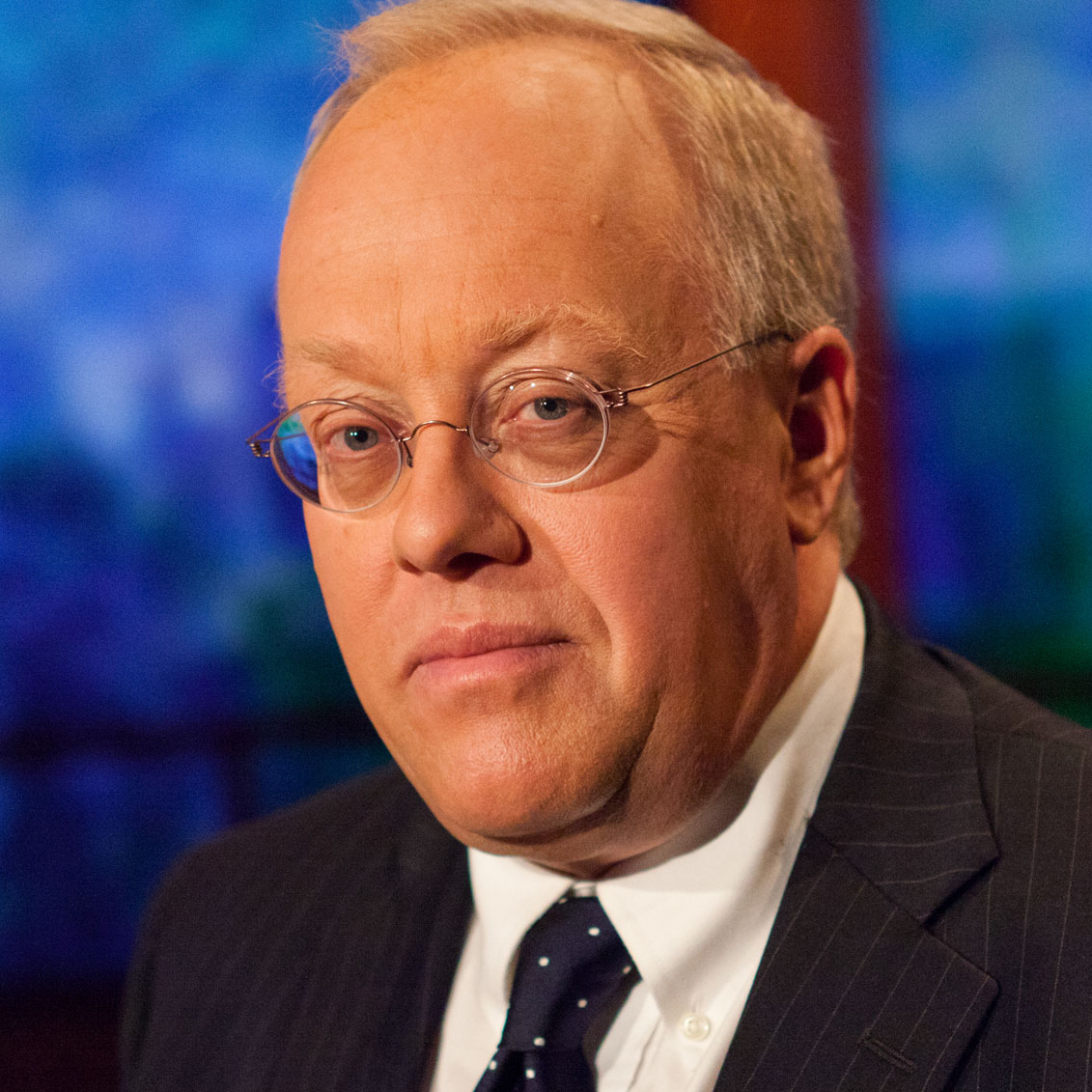
The media, trapped in their echo chambers of talking heads and official pundits, myopically focused on ratings and advertising revenue, utterly failed to capture the incendiary mood of a disenfranchised working class that elected Donald Trump. The press fleetingly admitted it got it wrong. It then went straight back to filling air and print time with the court gossip of who would or would not be appointed to positions of power. The corporate press, which eschews reporting on issues of substance, functions primarily as courtiers and entertainers not journalists.
The most undercovered story was, and remains, the suffering of the working poor, who most of the media have rendered invisible and dismissed with vulgar stereotypes. The longer the press refuses to confront the devastation caused by neoliberalism, the longer it does not heed the voices of its victims, the more irrelevant it becomes. It is easy to demonize Trump supporters as racist or ignorant. It is a lot harder to confront the economic and political system that exclusively serves corporate power at the expense of the citizenry. We do not live in a functioning democracy. There are no institutions left that are authentically democratic.
Once the press begins to report the reality of our corporate coup, once it no longer pays deference to a system of power the political philosopher Sheldon Wolin calls “inverted totalitarianism,” it will recover its role as a force for truth and the common good. I don’t expect the corporate press to get it right anytime soon. Profit and access to the powerful has replaced journalistic integrity.
— Chris Hedges, activist and journalist, columnist for TruthDig
Health Problems as a Predictor of Trump’s Victory

Joshua Holland
This year, a ton of ink was spilled on Donald Trump’s support among white working-class voters in the Rust Belt. Getting significantly less attention was an analysis of public health data by researchers at the University of Washington. They found that variables including shorter lifespans, obesity, diabetes, heavy drinking and a lack of exercise were better predictors of Trump over-performing Mitt Romney’s 2012 results in a given county than its share of non-college-educated whites.
Obviously, these are overlapping groups, and there may be a relationship with trade. A recent working paper by Federal Reserve Board economist Justin Pierce and Yale professor of management Peter Schott found that counties most exposed to competition from international trade have higher rates of suicide and “accidental poisonings” — which includes drug overdoses — than the rest of the country. These problems were concentrated most heavily among working-class whites.
More research is needed to nail down exactly what’s going on in parts of the country that have been hollowed out by the long decline in manufacturing. We may learn that the great tragedy of this election was that a lot of unhealthy people voted for a candidate who’s intent on denying them the public health care that they so desperately need.
— Joshua Holland, contributing writer, The Nation
How Driverless Vehicles Will Impact Jobs

Simon Johnson
Artificial intelligence is coming soon to a vehicle near you. This will save lives — many accidents are caused by human error in some form. But the driverless vehicle will also destroy jobs. More than 3 million Americans currently earn their living driving trucks; in 10 years many of those jobs may be gone.
Technology enthusiasts say: So what? The US economy is good at creating jobs — despite leading the world with technological innovation over the past 200 years, we have rarely had mass unemployment (and those occasions, in the 1930s and again since 2008, have been primarily due to financial-sector disasters).
But there is a major problem with that view. Truck-driving jobs are a type of manual work that enables people without a college education to earn a living. David Autor and David Dorn have found that, over the past three decades, automation had a major negative impact on middle-skill, middle-income jobs, particularly in manufacturing – and the people who lose those jobs end up being reemployed at a much lower wage. Driverless vehicles will have a similar impact on the service sector.
The next wave of technology will continue and exacerbate this recent trend from innovation: The rich do very well and the middle class become poor.
— Simon Johnson, MIT economist and blogger, BaselineScenario.com
The Safety Net Keeps 38 Million People Out of Poverty
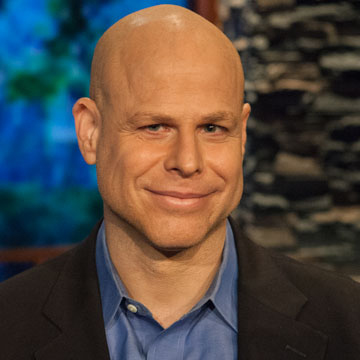
Greg Kaufmann

Jeremy Slevin
The most undercovered story of this year is one that goes virtually ignored year after year: the fact that poverty would be nearly twice as high without our safety net. It was overlooked last year, and it was missed again this year too, when we learned that 38 million people escaped poverty thanks to public investments.
When we hear politicians talk about “government,” it is often as a distant bureaucracy — the IRS “taking your tax dollars” or the bloated Pentagon budget. Lost in the conversation are the millions of people who receive services or assistance that they cannot obtain through the private sector. This includes everything from Social Security to food stamps to rental assistance to Head Start to school lunch programs.
For the tens of millions of people who escaped poverty last year, these are more than just government programs. They are a hot meal for your family when your low-wage job isn’t enough to make ends meet, or paying rent at the end of the month instead of facing eviction. When the media ignores these individual stories — and the larger one about the success of our anti-poverty programs — it directly contributes to the right’s ability to demonize government and people who are struggling.
This failure in reporting is especially dangerous at a moment when anti-poverty investments are the part of “government” most threatened by the incoming Trump administration.
To fund his tax breaks, Trump has proposed massive cuts to these public investments —threatening to increase poverty at a time of Gilded Age-like inequality. By 2026, funding would be cut by more than $200 billion — one-third below the previous record low for non-defense spending as a share of the economy.
When it comes to the media’s failure to report this story, the gravest consequences are borne by those who are already struggling.
— Greg Kaufmann, editor, TalkPoverty.org and Jeremy Slevin, associate director of advocacy, poverty to prosperity program,
Center for American Progress




